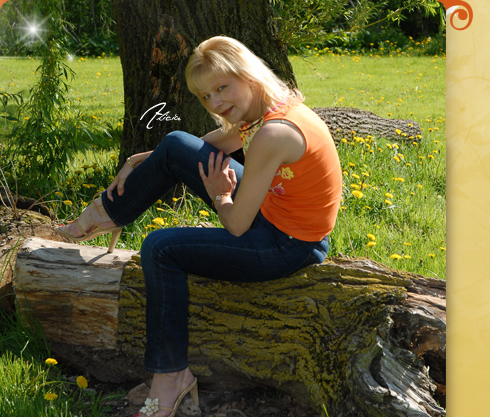Measures
•Dependent variable. In consensual same-sex behavior that is sexual. Concerns regarding this behavior were administered making use of audio-CASI. Male participants were expected if they had ever endured dental or anal intercourse with another male. Feminine participants had been expected whether or not they had ever had “any sexual connection with any sort with another feminine. ”
•Other sexuality-related factors. Intimate attraction had been calculated by whether participants reported having had just opposite-sex attractions that are sexual only same-sex intimate tourist attractions or intimate tourist attractions to folks of both genders. Intimate identification had been calculated by whether respondents identified themselves as heterosexual, homosexual, bisexual or “other” (known within the study as “something else”). Informative data on intimate attraction and identity that is sexual obtained utilizing audio-CASI sexcamly review. Heterosexual intimate experience, ascertained in the primary meeting, ended up being a dichotomous indicator of whether participants had ever endured heterosexual genital, anal or dental intercourse. Quantities of lacking information on these painful and sensitive things were minimal, and reaction habits had been comparable with those who work in early in the day studies with similar things. 36
•Demographic faculties. Participants age that is calculated in years; all the other covariates are categorical indicators. The competition and ethnicity adjustable differentiated among blacks, Hispanics, whites, and individuals of other racial or cultural backgrounds. Nativity status distinguished foreign-born respondents from others. Being a way of measuring intact household framework, participants had been expected if they had resided with two parents (biological or adoptive) through age 15. Family socioeconomic status had been represented by mother’s academic attainment, coded as lower than highschool, senior school graduate (or GED) or university graduate (bachelor’s level). The residence measure suggested whether respondents lived into the central town of the census-designated metropolitan analytical area, a residential district area or an area that is nonmetropolitan. Spiritual affiliation at age 14 ended up being classified as Catholic, Baptist, non-Baptist fundamentalist Protestant, non-Baptist nonfundamentalist Protestant, “other” or none. Participants had been also expected if they had attended any spiritual solutions at age 14.
Analysis
Analyses had been done with version 11 associated with Stata SE computer pc software utilising the commands that are svy adjust for the multistage sampling design of this NSFG. Because initial analyses unveiled significant sex distinctions, all quotes had been determined by sex. Where appropriate, we reported F data from design-adjusted Wald tests for sex differences. Bivariate associations between same-sex activity that is sexual each covariate had been examined utilizing Rao-Scott chi-square tests. The covariates’ net associations with same-sex task had been projected utilizing complementary log-log regression analysis, a substitute for logistic regression that is much better suitable for low-prevalence results like same-sex intimate behavior; t data during these models had been centered on linearized standard errors. All quotes are generalizable into the nationwide populace of never-married, noncohabiting youth aged 15–21 in 2002.
RESULTS
Descriptive Findings
Same-sex sex ended up being significantly less common than heterosexual task, but was reported by way of a notable percentage of youth, specially ladies ( dining Table 1). In reality, the percentage whom reported same-sex task had been nearly 3 times as high among ladies as among young men—11% vs. 4% (F=30.9, p 4,29,42 —were not connected with same-sex task for either females or men. Race and ethnicity had been significant just among teenagers: Blacks had been much more likely than whites to report any activity that is same-sexprice ratio, 3.6). Foreign-born females had been not as likely than their U.S. -born counterparts to have had same-sex experience (0.4). Residing away from a metropolitan area ended up being marginally connected with a decreased prevalence of same-sex task among females and an elevated prevalence among males.
Both of our indicators of adolescent spiritual experience had been connected with same-sex experiencepared with young ladies who reported being non-Baptist nonfundamentalist Protestant, people who stated these were Catholic at age 14 had been less inclined to experienced a same-sex experience (price ratio, 0.5). Their male peers had a marginally elevated probability of reporting behavior that is same-sex. Young gents and ladies that has attended religious solutions at age 14 had been more unlikely than their counterparts who’d to not have involved with sexual intercourse having a partner that is same-sex0.6 and 0.5, correspondingly).
